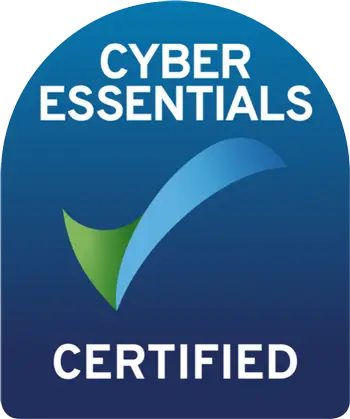Accessible marketing – a communications essential
Accessible marketing – you might’ve heard of it, but what does it actually mean?
Well, accessible marketing is an essential part of your brand communication. It ensures that any brand promoting a product or service is ensuring it is available to as many people as possible, by removing any barriers which might prevent that access.
The latest government estimate indicates that 16 million people in the UK, around 24% of the total population, were living with a disability in 2020/2021 – that’s a sizeable chunk of potential customers you’re isolating if your marketing material isn’t designed to include them and you could be in breach of the Equality Act 2010 if you aren’t ensuring that your digital platforms are inclusive and accessible to all. So how can you guarantee your promotional strategy will be as inclusive as possible? We’re fully committed to accessible marketing here at PMW – here are our five top tips for making sure your marketing is open to all:
Take an in-depth look at your website
You want to draw visitors in, keep them there for as long as possible and convert them into customers, so making your website accessible is a no-brainer. One which is designed and coded with close attention to the experience of all users is going to function better for everyone, not just people with disabilities. Accessibility optimisation often results in easier navigation and simplified messaging.
Have you checked colours, graphics and text sizes so they’re suitable for visually impaired visitors? White lettering on a black background can be difficult to read for those with low colour contrast vision issues. Is the website straightforward to enlarge, and not only browsable from a mobile device, but easily accessed with a keyboard? Mobility issues might preclude people from using a trackpad or mouse. If you have embedded video clips, make sure you provide both an audio description and subtitles.
The use of alternative text (alt text) is crucial for anyone who might have difficulty accessing images. Write an exact description of the image in the alt text – it can be as long as is necessary to be sure the user gets the right idea.
Review your social media content
Many of the points we’ve mentioned above apply to social media posts too. Keep things simple, clear and succinct, don’t overdo emojis, and use closed captions and alt text for images. Meta automatically generates alt text for images, but you may want to provide more personal copy. Just remember it’s purely descriptive and not the place to insert a sneaky call to action or ramp up your SEO keywords! Use a plain font, avoid capitals and excessive punctuation – a row of exclamation marks creates clutter for a visually impaired user. When posting a hashtag on Twitter, use capital letters for the beginning of each word for clarity such as #MarketingTips. If you’re uploading a video to TikTok, try to avoid distracting background noise and make sure you’ve provided a transcript.
Don’t forget your printed material!
Your brochures, posters, point-of-sale materials and signage need attention too in order to create a wholly accessible marketing plan. Designs should be simple and concise, text size should be no less than 12 point and utilising a sans serif font is preferable.
An audio transcript or large print edition of a brochure is helpful for those who are visually-impaired. Think about the use of colour – some combinations are difficult for people with colour-blindness, such as red and green, green and blue, blue and grey, and many have difficulties distinguishing between blue, purple and pink, or green, orange, yellow and red – worth noting if you were intending to use red text, for example, as a highlighting tool throughout a brochure! Try to avoid captions within an image – it’s better to place them underneath on a clear background. A final point – is your logo simple and recognisable?
Actively look for relevant feedback
The best way to road-test your marketing material for accessibility is to put it in front of the people you’re trying to reach – getting feedback from a range of abilities will help to identify issues when checking your website for the legibility of the text.
Simplicity is key
We’ve been banging the drum pretty vigorously so far for simplicity and clarity; it’s the essence of accessible marketing. However, it makes sense for every single customer you’re trying to reach. Attention spans are shorter than they used to be, so precise messaging benefits everyone from Gen Z to senior citizens. We all appreciate stress-free website navigation and clear direction. Making accessibility front and centre of your marketing is a win-win strategy.
A good marketing strategy will be an accessible one, but keep in mind that the reverse isn’t necessarily the case! A website with obscure navigation and turgid copy may be perfectly accessible, but it’s not going to achieve your objectives. At PMW, we make sure your marketing strategy combines accessibility and excellence. Why not get in touch and find out how we do it?


